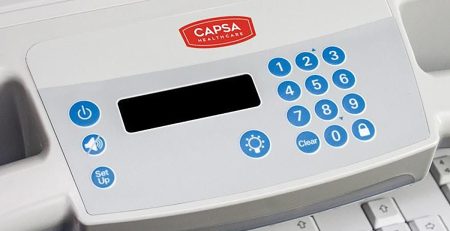Our Response to COVID-19
Governor Gretchen Whitmer’s was issued on March 23, 2020 in response to COVID-19. We are complying with the Governor’s order, but rest assured that we can still take and process orders, answer questions and continue our support. If you have a support issue, our service team is available by phone 24/7 at 1-800-968-3135.
Please let us know if you have URGENT requirements in response to COVID-19. Many of our manufacturers have already reached out to us to let us know that they are committed to prioritizing your items to help set up testing areas, telehealth rooms, and isolation rooms ahead of other non-essential orders. We are all working together to help you through this difficult time.
- Phone: 1 (800) 968-3135
- Email: imsinc@innovative-medical.com
Medical Equipment & Healthcare Solutions
Connect with Convergint at (800) 968-3135 to learn more about our commitment to delivering exceptional results to our customers through unparalleled customer service.

















